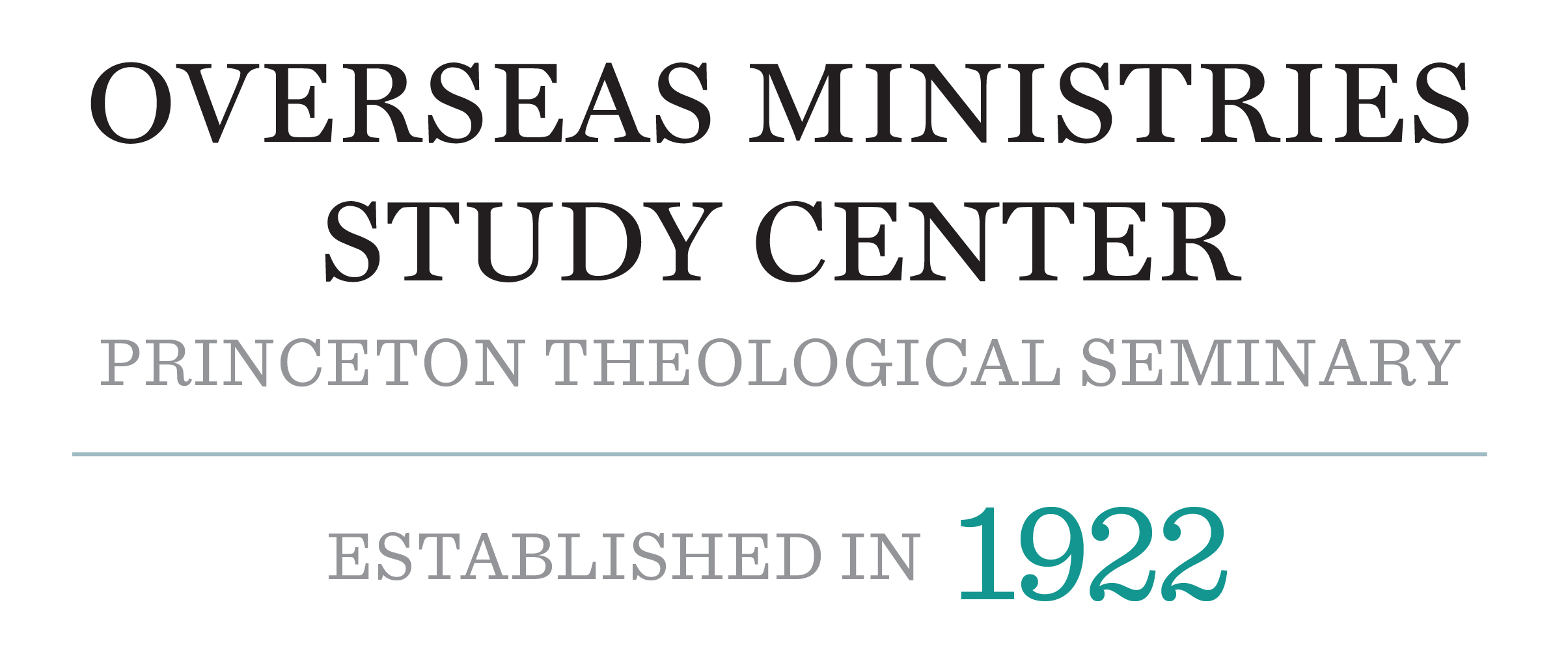by Gina Zurlo, Ph.D. – Co-Director – Center for the Study of Global Christianity and Yang Visiting Scholar of World Christianity, Harvard Divinity School
This post is part of The Occasional’s “Numbers and Trends” series, dedicated to sharing work, analysis, and perspectives from our friends and partners at the Center for the Study of Global Christianity based at Gordon-Conwell Theological Seminary.
Numbers have always been a part of the modern missionary enterprise. In fact, missionaries were among the first of what we would now call social scientists. Highly educated, cross-cultural missionaries all over the world gathered data on religion, conducted population surveys, and reported findings to their home base of support. Data on religion served as measurements of success or failure as well as motivation for starting new missions. Part of their work was counting missionary personnel – tracking how many missionaries were serving abroad and keeping records of their activities. For hundreds of years the Roman Catholic Church has maintained an impressive data collection enterprise with Annuario Pontificio, the statistical annual released by the Vatican every year, and Annuarium Statisticum Ecclesiae from the Central Statistics Office of the Church. These two texts include data on personnel in the Holy See as well as complete lists of all Catholic dioceses in the world, including data on many churches, women religious, mission stations, Catholic populations, seminarians, educational institutes, priests, as well as baptisms and marriages.
For Protestants, James Dennis (1842–1914) was the premier missionary number-crunching of the turn of the 20th century. The supplement to his Christian Missions and Social Progress was a comprehensive collection of statistical data on missions with carefully tabulated statistics of societies engaged in foreign missions, including figures on educational activities, literacy, medicine, and missionary training institutions. He included missionary wives as foreign staff in their own right, not as auxiliaries to men, and thus helped legitimize their role in missions. In 1902, Dennis included data on 134 US mission organizations in his Centennial Survey of Foreign Missions. He reported 5,588 total foreign missionaries, 64% of whom were women. Another study by Harlan Beach (1903) covered 318 US societies, reporting 3,344 female missionaries, 57% of all American missionaries. The 1910 Statistical Atlas of Christian Mission included 170 US and Canadian missionary sending bodies, consisting of 3,924 women, or 59% of all missionaries. The Statistical Atlas also included a map with tiny red dots that indicated mission stations around the globe.
Decades after these early estimates, David Barrett conducted a global census of the missionary movement (though notably and unfortunately, dropped the gender variable). In the 1982 edition of the World Christian Encyclopedia, he reported 249,000 “foreign missionaries and personnel” plus an additional 32,500 “Third-World” foreign missionaries. He observed a decline in missionaries sent from Europe and North America (particularly Catholics), and growth among missionaries from so-called Third-World countries, commenting on the latter: “They are rapidly increasing each year in numbers and in the geographical extent of their service.”

The Center for the Study of Global Christianity has continued tracking missionary sending and receiving worldwide, with our latest estimated published in the World Christian Encyclopedia, 3rd edition (2019). However, it is much harder to count missionaries now than it was in the 20th century when James Dennis and David Barrett made their estimates. The trend is not only Northern decline and Southern growth, but also mainline and Catholic decline and increase of Independent, Evangelical, and Pentecostal/Charismatic missionaries. The latter are usually less tied to institutions, and thus more difficult to track. That is, missionary sending has become more decentralized compared to the past, as well as much more global, and thus more complicated.
To give a sense of the complexity, here are four categories that give a sense of scope to the movement. The first category is Christians in diaspora. We already report figures for Christians on the move via our ethnolinguistic peoples database, and we can make some reasonable assumptions on the connection between missions and migration (see for example the work of Jehu Hanciles and Harvey Kwiyani). Measuring mission by this approach would provide hard estimates for Christians working abroad (in a variety of areas) but does raise questions as to whether every Christian working abroad can be appropriately considered a missionary.
The second category is organizational missionary sending, such as the figures reported by Catholics, the International Mission Board of the Southern Baptist Convention, Missio Nexus (compiled from many Protestant organizations), and the Church of Jesus Christ of Latter-day Saints. However, as discussed above, it is not possible to contact every single missionary sending organization in the world and assemble their statistics to create national, regional, and global totals. One method would be to choose an organization as a representative of sorts for a particular country or region, but that would indeed be painting with a very broad brush and only give a glimpse into the reality.
The third category is individual church-based missionary sending, which is the least trackable but likely makes up a large portion of sending worldwide. This is sending from congregations, not through an organization, that is largely “off the map” from researchers.
The final category is what has up until now been called “national workers,” defined as Christians working cross-culturally within their own countries, such as South Indians working in North India or Nigerians working among Muslims in northern Nigeria. Questions are being raised as to how different this kind of missionary work is compared to someone arriving from another country, but the one coming from abroad is called a “missionary” and the local Christian a “national worker” – though each doing the same work.
We cannot quantify missionary sending and receiving today like Dennis and Barrett did in the past. It would not be possible to create a database of all missionary-sending organizations worldwide – including independent churches that are not connected to formal sending bodies – and then individually contact them to ask how many missionaries they send and to where. World Christianity is simply too large and too diverse. But at the same time, we cannot simply abandon the topic altogether, as missionary sending remains an important feature of Christian life and commitment around the world. These are just some of the questions involved in the science of counting. This total reassessment of the missionary enterprise requires reviewing literature, discerning trends, revising definitions, and operationalizing a constantly changing phenomenon. If you have thoughts or suggestions for us, send us an email (info@globalchristianity.org).




